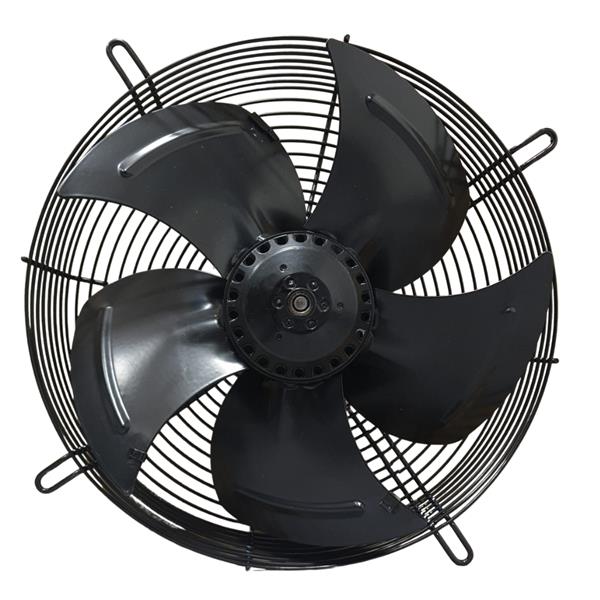
High ambient fans are a type of fan specifically designed to
operate in environments with high temperatures. These fans are typically used
in applications where the cooling equipment is required to operate in outdoor
environments or in areas where the ambient temperature is higher than normal.
The main purpose of high ambient fans is to help dissipate
the heat generated by the process. As the ambient temperature increases, the
efficiency of cooling equipment decreases. This can result in reduced
performance and potentially even damage to the equipment. High ambient fans
help to reduce the temperature of the air that is circulated around the
equipment, which in turn helps to maintain the performance and efficiency of
the system.
High ambient fans are typically designed with larger blades
and higher RPM motors than standard fans to provide the increased airflow
required for effective cooling in high-temperature environments. They also
include additional features such as weather resistant coatings,
high-temperature bearings, and thermal overload protection to ensure reliable
operation in harsh environments.
The fan blades generate a flow of air which is directed
towards the coils containing warm heat transfer fluid. As the air flows over
the coils, it absorbs heat generated by the process and carries it away from
the equipment. The warm air is then expelled from the equipment and replaced
with cooler air from the environment.
The use of a high ambient fan can offer several benefits,
including:
Enhanced Operation in High Temperatures
- High
ambient fans are specially engineered to operate efficiently in environments
with elevated temperatures. This design allows cooling equipment to maintain
performance even in outdoor settings or areas with above-average ambient temperatures,
ensuring that the equipment does not overheat or suffer performance degradation.
Increased Power in the Same Footprint
- These
fans enable more powerful cooling in the same physical space. For instance, an
A12, equipped with high-speed fans, delivers the same cooling power as an A20, yet
occupies a smaller footprint. This optimisation can provide a significant advantage in space-constrained
environments.
While high ambient fans offer many benefits for process
cooling equipment operating in high-temperature environments, there are also
some potential drawbacks to consider, including:
Noise
- The
primary downside of high ambient fans is their noise output. These fans,
particularly when operating at high speeds necessary for cooling in hot
environments, can be quite lout. This noise level can be disruptive, making it
uncomfortable for individuals to work in close proximity to these units.
In summary, high ambient fans present a specialised solution
for maintaining cooling efficiency in environments with high ambient temperatures.
They offer the dual benefits of enabling equipment to operate in hotter
settings and delivering more powerful cooling in the same physical space.
However, this comes at the cost of increased noise levels, which can be
significantly disruptive, particularly for those working near to the units. While
this trade-off highlights the need for careful consideration of the working
environment, the overall advantages of high ambient fans, especially in terms
of enhanced cooling capabilities in challenging temperature conditions, make
them a valuable addition to cooling systems in specific applications.